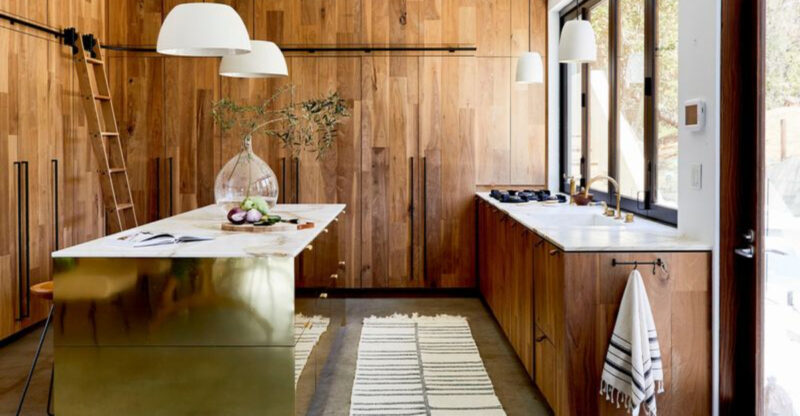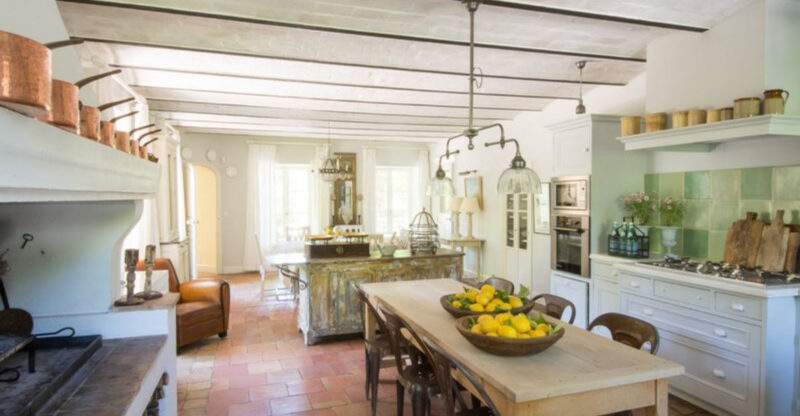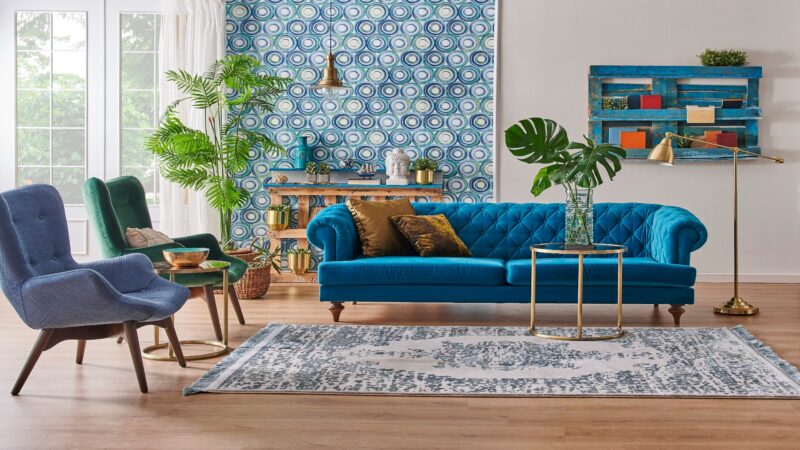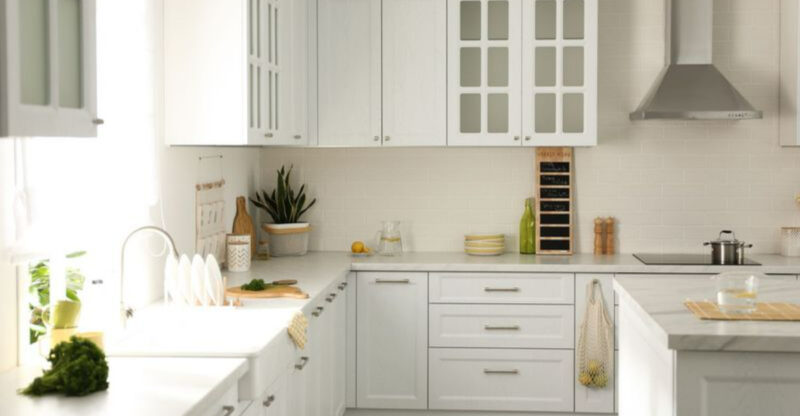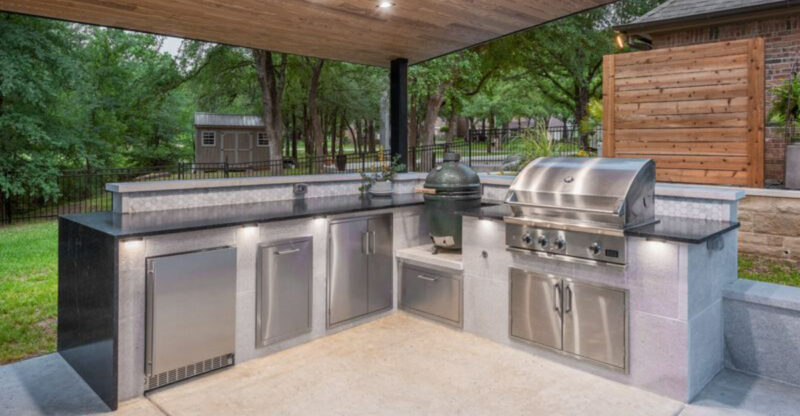French Country Decor Is Back But Only These Antiques Are Worth It
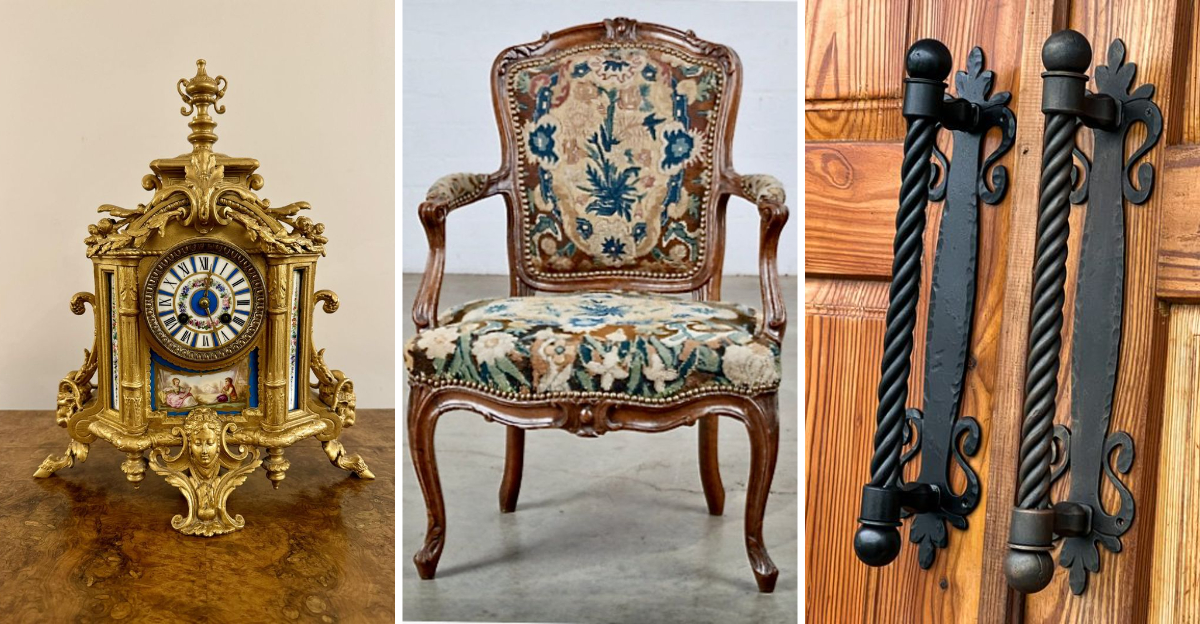
French country style is enjoying a graceful revival, reintroducing warmth, charm, and rustic elegance into our homes.
With its signature blend of weathered textures, soft palettes, and timeworn treasures, this timeless look captures the essence of relaxed, rural French living. While modern reproductions are everywhere, true design lovers know that authentic antiques bring a richness and soul that copies simply can’t match.
If you’re drawn to this enduring aesthetic, here’s how to spot the pieces that not only elevate your space but may grow in value over time.
1. Genuine Provencal Buffets
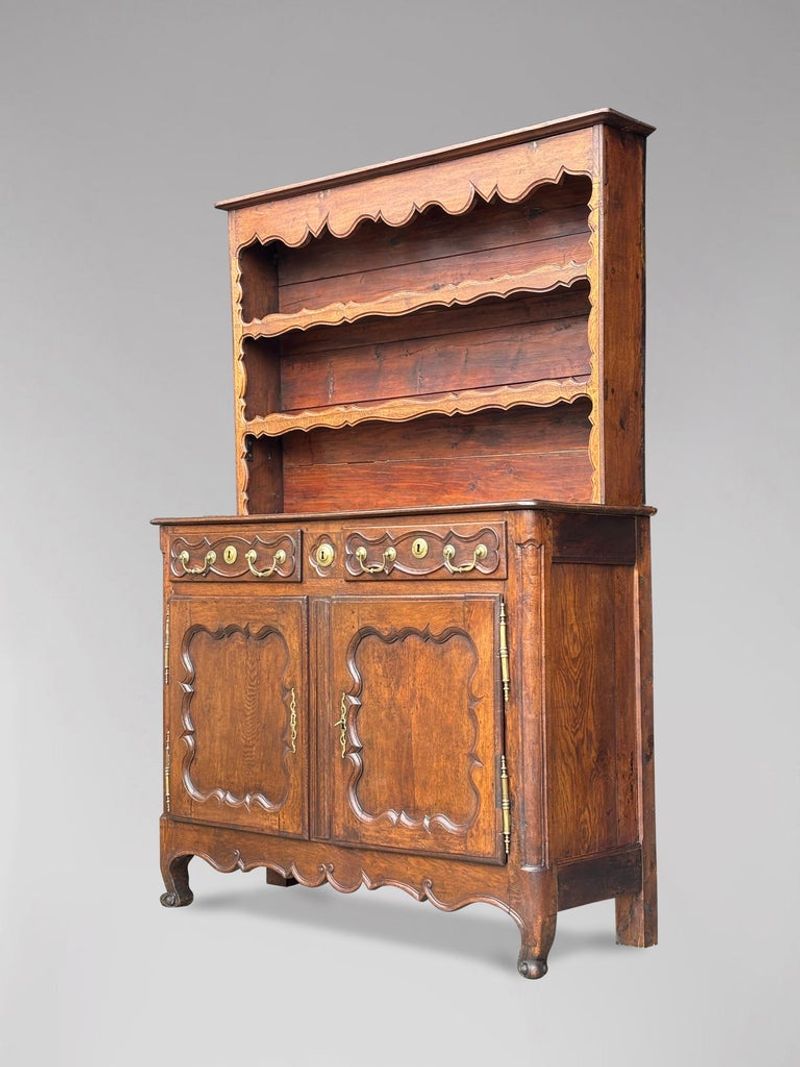
Hunting for an authentic Provencal buffet might be your smartest investment in French country decor. These substantial storage pieces showcase exquisite craftsmanship with their hand-carved details and elegant proportions that modern reproductions simply can’t match.
Look for pieces made from solid walnut or cherry wood with a natural patina developed over decades. The most valuable examples feature original hardware and dovetail joinery – telltale signs of authentic 18th or 19th-century construction.
While prices for these magnificent buffets can reach several thousand dollars, they serve as both functional storage and breathtaking focal points. Their versatility allows them to work in dining rooms, entryways, or even as bathroom vanities with minor modifications.
2. Antique Farmhouse Tables
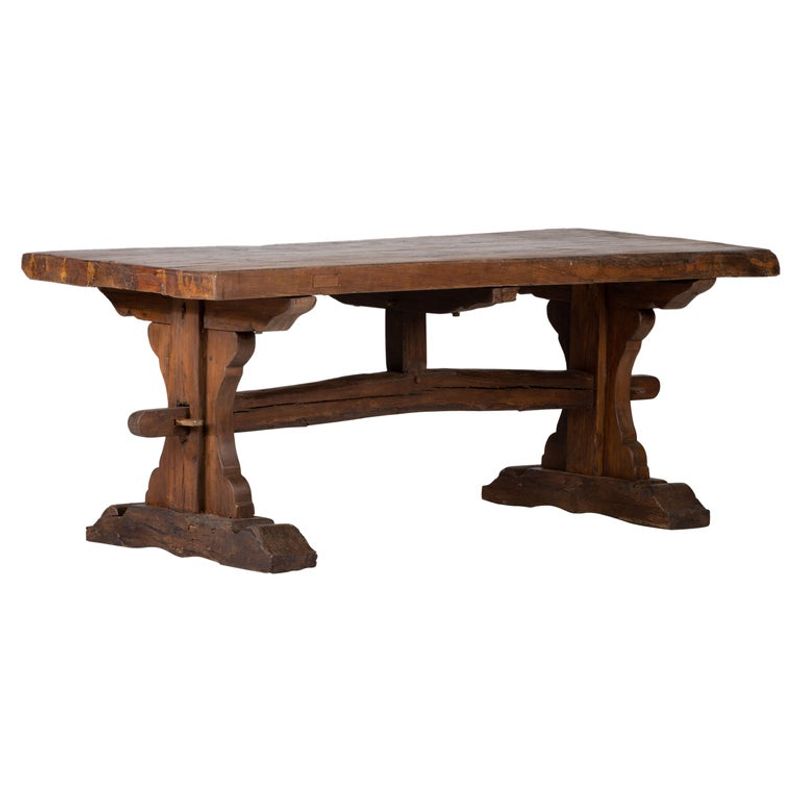
Nothing anchors a French country kitchen like a genuine farmhouse table. The rich history embedded in these centuries-old dining surfaces creates an instant focal point that modern replicas simply cannot duplicate.
Authentic pieces typically feature thick wooden planks with visible signs of age knife marks, inconsistent coloring, and subtle warping that speaks to generations of family meals. The most valuable examples come from the 18th and 19th centuries, crafted from solid oak, walnut, or cherry with sturdy trestle bases. When shopping, examine the underside for hand-cut joinery and uneven tool marks.
These imperfections actually increase value, confirming the piece was crafted before mass production. A quality antique farmhouse table starts around $2,000 but becomes a family heirloom.
3. Hand-Painted Faïence Ceramics
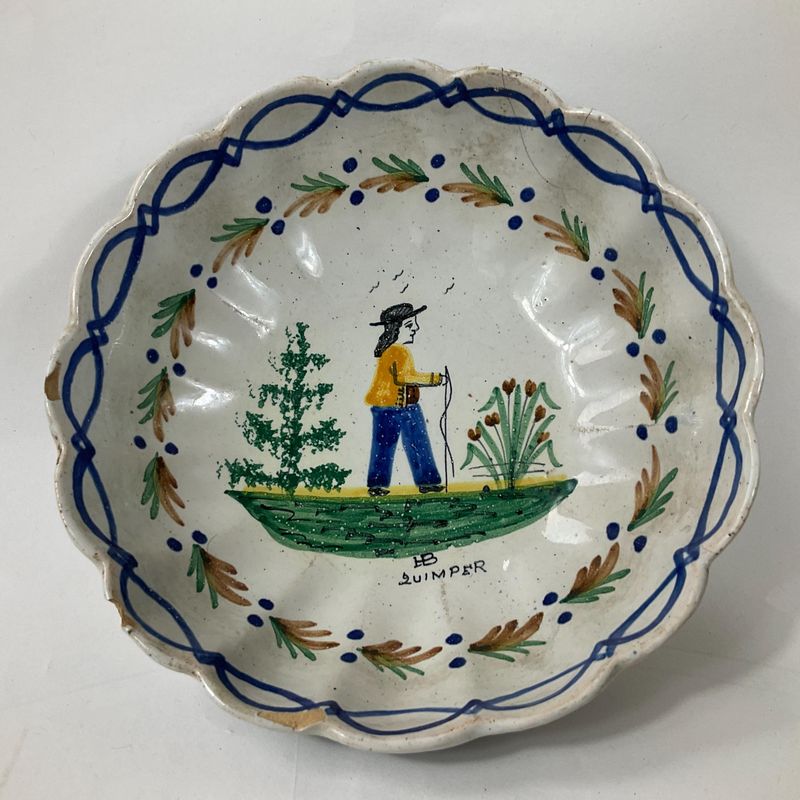
French faïence ceramics bring instant authenticity to country decor with their vibrant hand-painted designs and charming imperfections. Unlike mass-produced ceramics, these tin-glazed earthenware pieces feature slight variations that reveal their handcrafted origins.
The most collectible pieces come from historic centers like Quimper, Moustiers, and Marseille, each with distinctive regional styles. Quimper pieces, recognizable by their folk-art figures in traditional Breton dress, remain particularly sought after.
Values vary dramatically based on age, condition, and maker marks. Even simple 19th-century plates or bowls start around $100, while elaborate tureens or rare patterns can fetch thousands. Display these treasures on open shelving or buffets where their detailed craftsmanship and brilliant colors can be properly appreciated.
4. Distressed French Mirrors
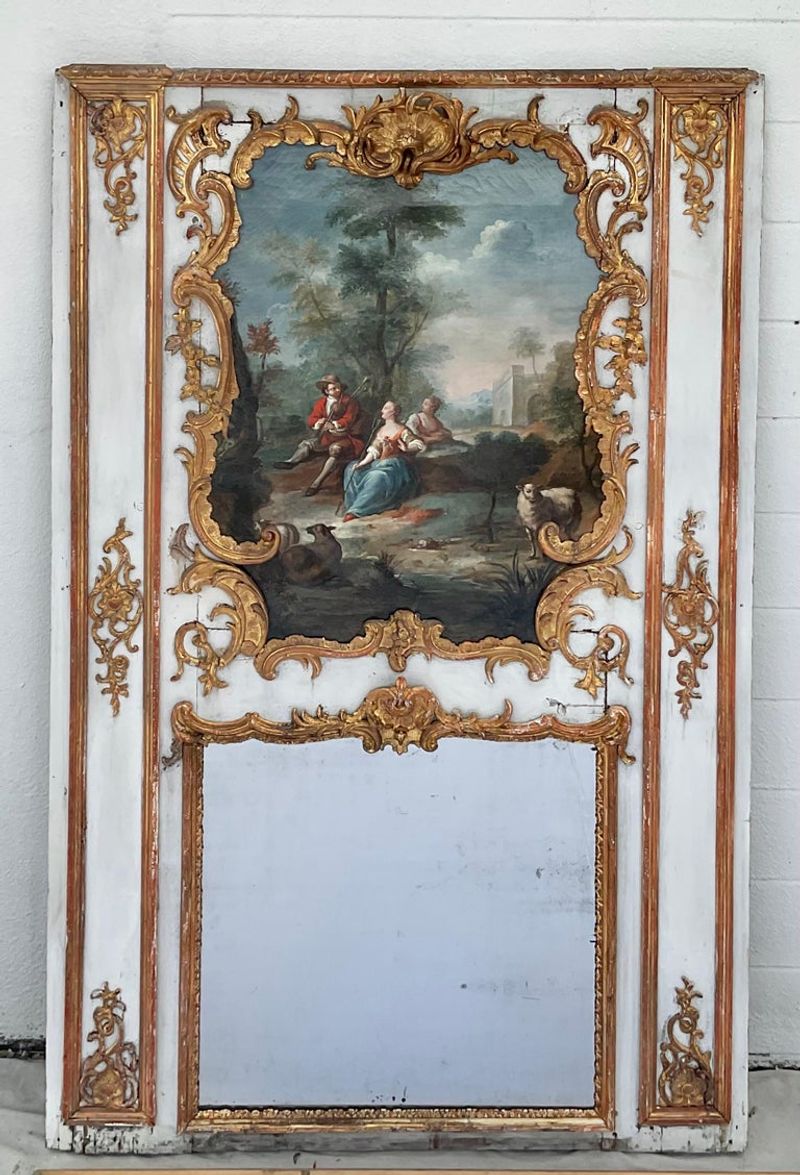
Aged French mirrors add instant character and luminosity to country interiors through their mottled, imperfect reflections. The mercury glass backing naturally deteriorates over time, creating a dreamy, soft-focus quality impossible to authentically replicate in new pieces.
The most valuable mirrors feature original gilt frames with carved details like ribbons, laurel wreaths, or floral motifs. Look for Trumeau mirrors from the 18th and 19th centuries, which combine a mirror with a painted panel above these statement pieces command premium prices but transform spaces with their presence.
When shopping, minor flaking and wear enhance authenticity and value. Avoid mirrors with replacement glass or heavy restoration to the frame. Place these treasures opposite windows to maximize light reflection or use smaller versions to brighten dark corners.
5. Vintage Ticking Stripe Linens
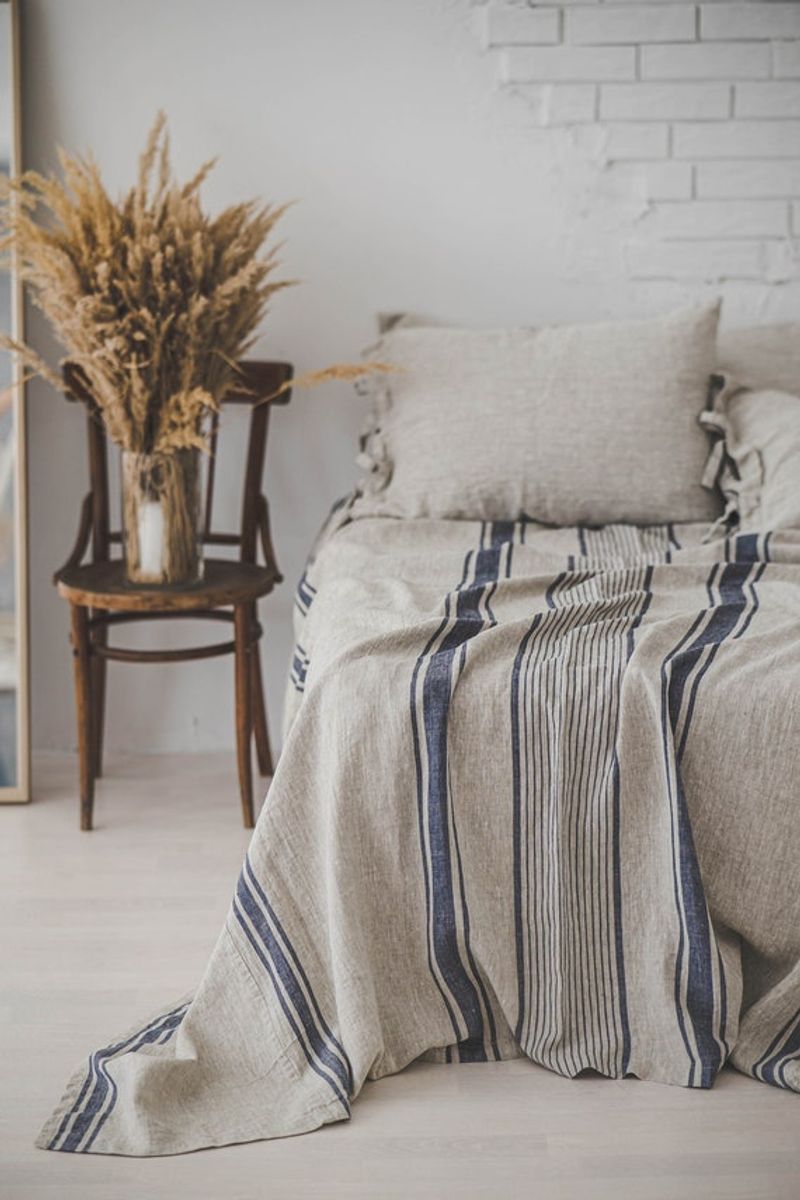
Genuine vintage French ticking fabrics bring humble authenticity to country interiors with their distinctive blue, red, or gold stripes on natural linen or cotton. Originally used for mattress covers and pillowcases to prevent feathers from escaping, these durable textiles now add instant character to modern homes.
Hand-loomed examples from the early 20th century feature slightly irregular weaves and natural fiber variations that mass-produced reproductions lack. The most desirable pieces show gentle fading from repeated washing, creating a softened palette that complements other French country elements.
Transform these textiles into casual upholstery, accent pillows, or simple curtains. Even small fragments can be framed as textile art. Expect to pay $50-200 for authentic vintage pieces depending on size, condition, and age – a reasonable investment for their visual impact.
6. Rustic Willow Baskets
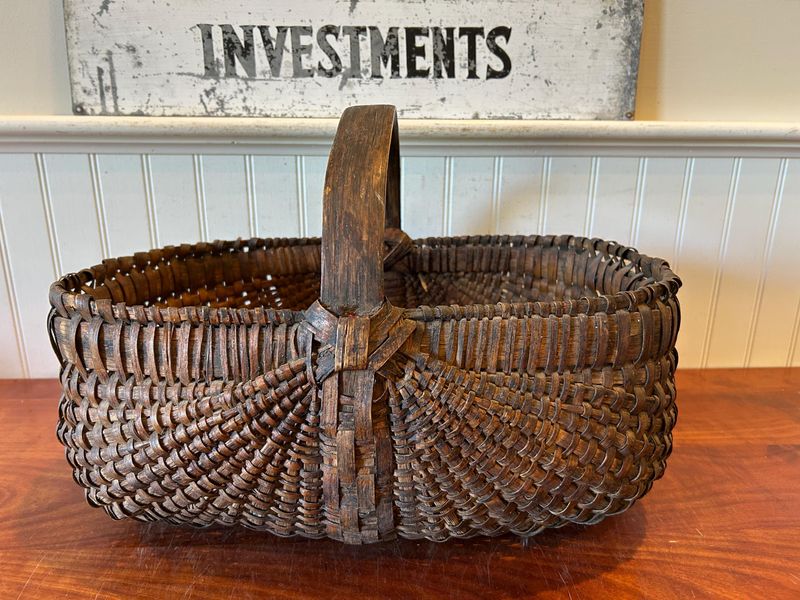
French market baskets crafted from hand-woven willow represent practical art forms that have served generations of rural families. Unlike machine-made versions, authentic vintage pieces display subtle irregularities and a warm patina that develops from decades of use.
The most valuable examples come from specialized basket-making regions like Provence and Burgundy, where specific shapes evolved for harvesting grapes, collecting eggs, or transporting bread. These functional designs reveal fascinating aspects of rural French life while serving as beautiful storage solutions in modern homes.
Age can be determined by examining the weaving pattern and handle attachments. Expect natural darkening of the willow and minor repairs in pieces from the early-to-mid 20th century. Prices range from $75 for simple market baskets to several hundred for rare specialized forms – affordable entry points into authentic French country style.
7. Old Ironstone Pitchers
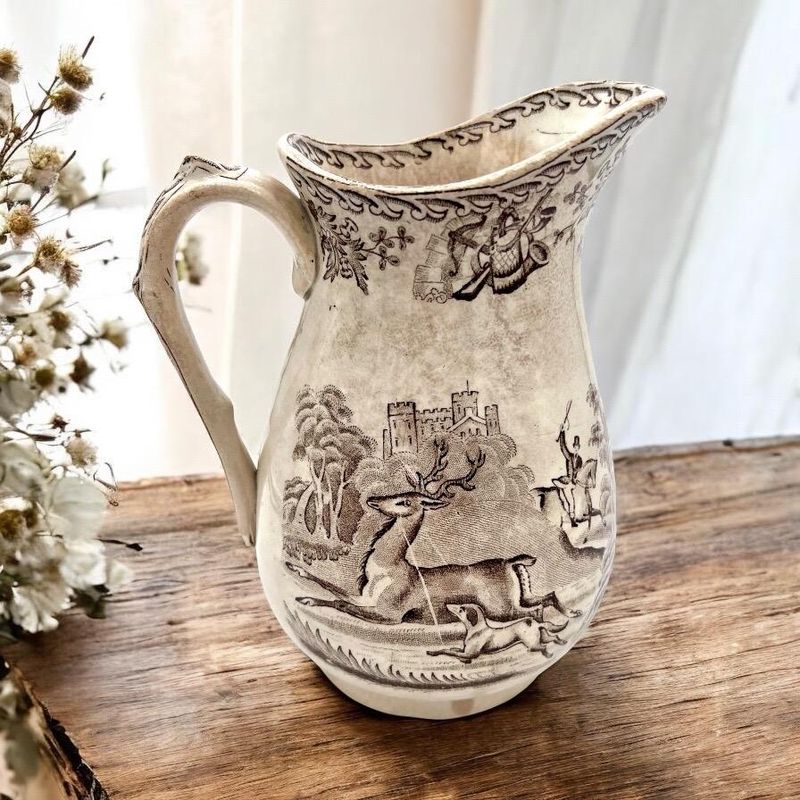
French ironstone pitchers combine rustic charm with practical durability, making them perfect additions to country kitchen displays. Made from dense, cream-colored ceramic with a distinctive matte finish, these sturdy vessels were everyday essentials in 19th-century French households.
Authentic pieces bear subtle signs of their history – crazing in the glaze, gentle discoloration, and occasional manufacturing flaws that mass-produced reproductions deliberately avoid. The most collectible examples feature hand-painted blue decorations, maker’s marks from renowned potteries like Creil & Montereau, or unusual forms like body-shaped pitchers.
Values typically range from $100 for simple white examples to $500+ for decorated or unusual forms. Beyond their decorative appeal, these pitchers remain perfectly functional for serving water or displaying fresh flowers, bringing practical history into daily use.
8. Hand-Carved Wooden Candelabras
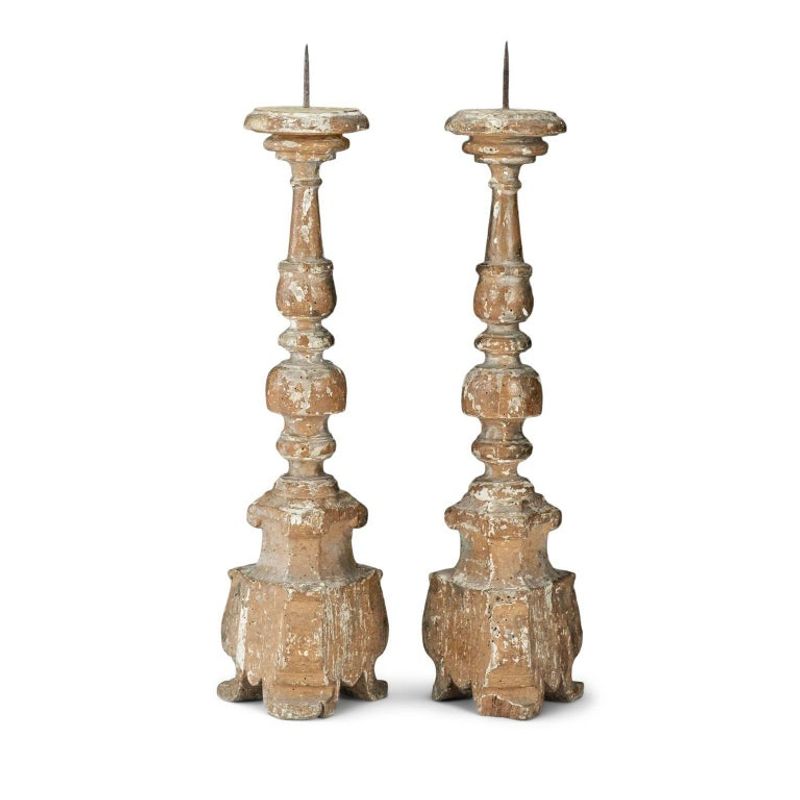
Antique French wooden candelabras bring dramatic presence to dining tables and mantels with their sculptural forms and rich patinas. Unlike mass-produced alternatives, authentic pieces feature hand-carved details with slight asymmetries that reveal their artisanal origins.
The most valuable examples come from the 18th and 19th centuries, typically carved from solid walnut, oak, or fruitwood. Look for designs incorporating grapevines, acanthus leaves, or religious motifs – elements deeply connected to French cultural traditions. Natural color variations and minor chips actually enhance authenticity and value.
Prices range from $200 for simpler provincial pieces to several thousand for elaborate examples with exceptional carving. While electric conversions exist, preserving the original candle cups maintains both value and atmospheric lighting effects. Pair these statement pieces with modern elements to prevent rooms from feeling overly formal.
9. Wrought Iron Door Hardware
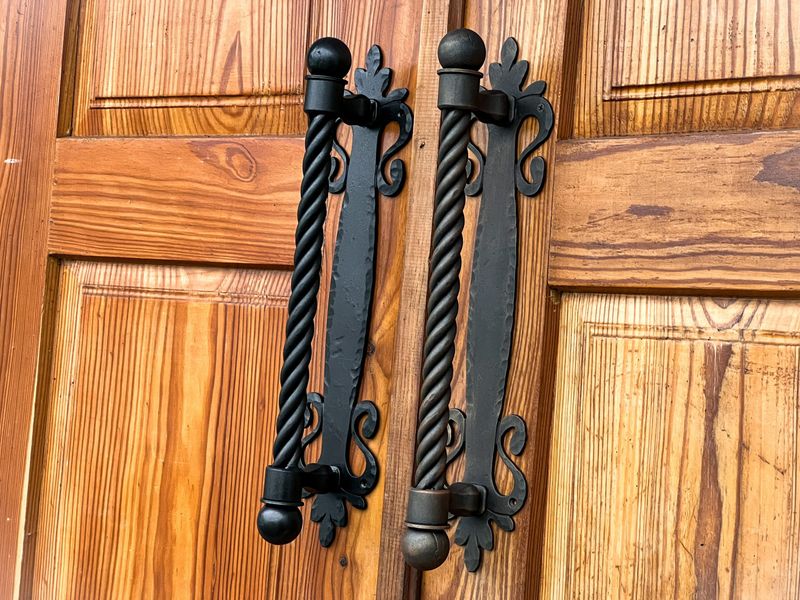
Authentic French wrought iron hardware transforms ordinary doors into architectural statements through centuries-old craftsmanship. Unlike cast iron reproductions, genuine hand-forged pieces display hammer marks, slightly irregular shapes, and a substantial weight that speaks to their quality.
The most collectible examples come from the 17th through 19th centuries, featuring elaborate scrollwork, fleur-de-lis motifs, or regional designs specific to areas like Normandy or Brittany. These pieces weren’t merely functional but served as status symbols and artistic expressions of their makers. When shopping, examine the reverse side for rough hammer marks and hand-cut screw threads.
Expect to pay $100-300 for simple door handles and latches, while complete sets with matching escutcheons command higher prices. These authentic elements instantly elevate modern doors while connecting homes to centuries of French architectural tradition.
10. Antique Wooden Bread Boards
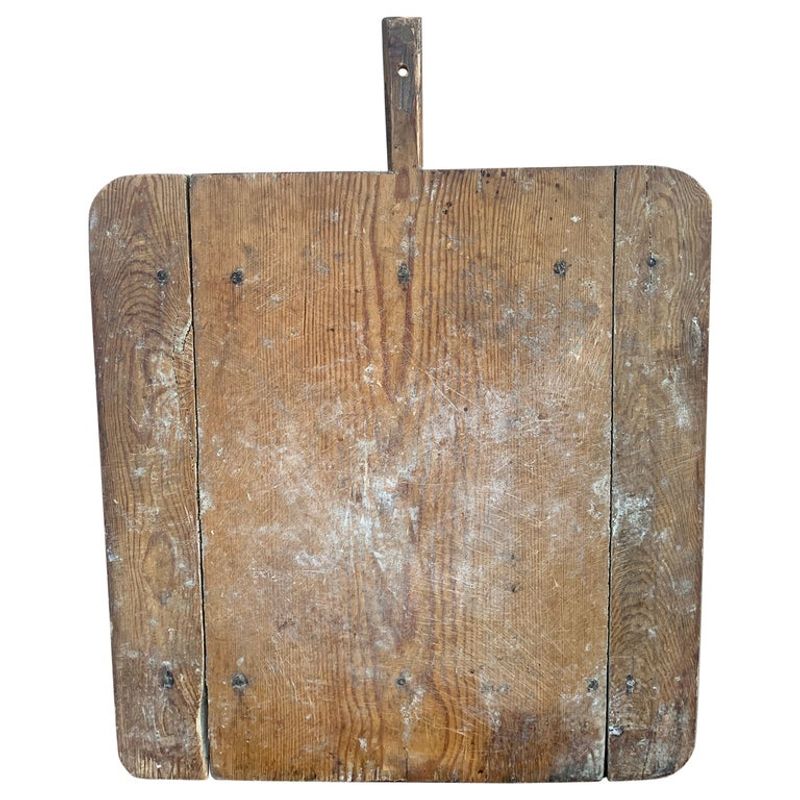
French bread boards tell stories of daily rural life through their worn surfaces and practical designs. Unlike decorative reproductions, authentic antique pieces bear evidence of decades of actual use – knife marks, subtle warping, and a silky patina that only develops through handling natural oils in bread dough.
The most valuable examples date from the 19th century, featuring hand-carved details like wheat motifs, family initials, or regional symbols. Larger boards from commercial bakeries often include handles or specialized shapes for specific bread types.
When examining potential purchases, look for solid construction from a single piece of wood rather than glued panels. Expect to pay $100-300 for authentic pieces with character and age. These functional artifacts work beautifully as serving platters, wall decor, or countertop accents that bring genuine French country heritage into modern kitchens.
11. Aged Copper Pots and Pans
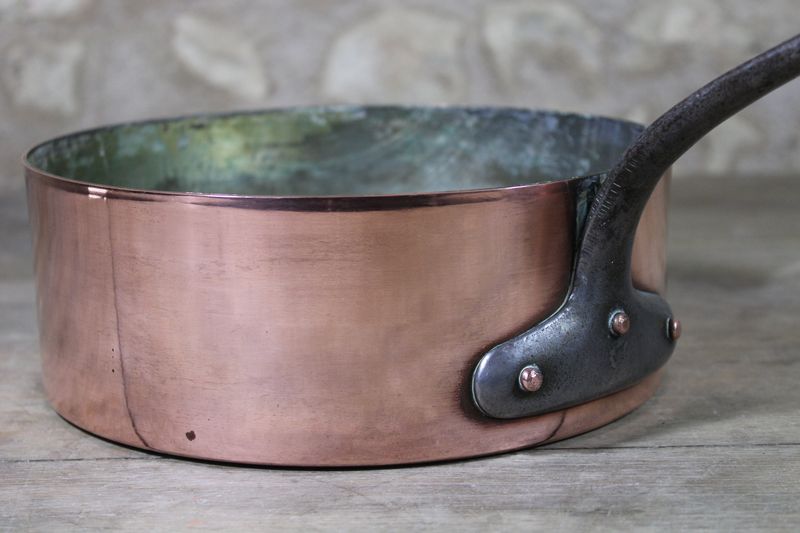
Vintage French copper cookware combines unmatched cooking performance with stunning visual impact, making it the ultimate kitchen investment. The warm, rosy glow of properly aged copper develops naturally over decades, creating a patina impossible to fake in modern reproductions.
The most valuable pieces come from renowned makers like Mauviel, Gaillard, or Dehillerin, often stamped with thickness measurements (2-3mm being ideal) and hotel or restaurant provenance. Look for hand-dovetailed seams, cast iron handles secured with copper rivets, and proper tin linings – all hallmarks of superior craftsmanship.
While prices range from $100 for simple pans to $1,000+ for complete sets or rare forms, these pieces remain fully functional. Professional chefs still prefer them for their exceptional heat conductivity. Display them prominently on open shelving or hanging racks to enjoy their beauty even when not in use.
12. Woven Hemp Grain Sacks
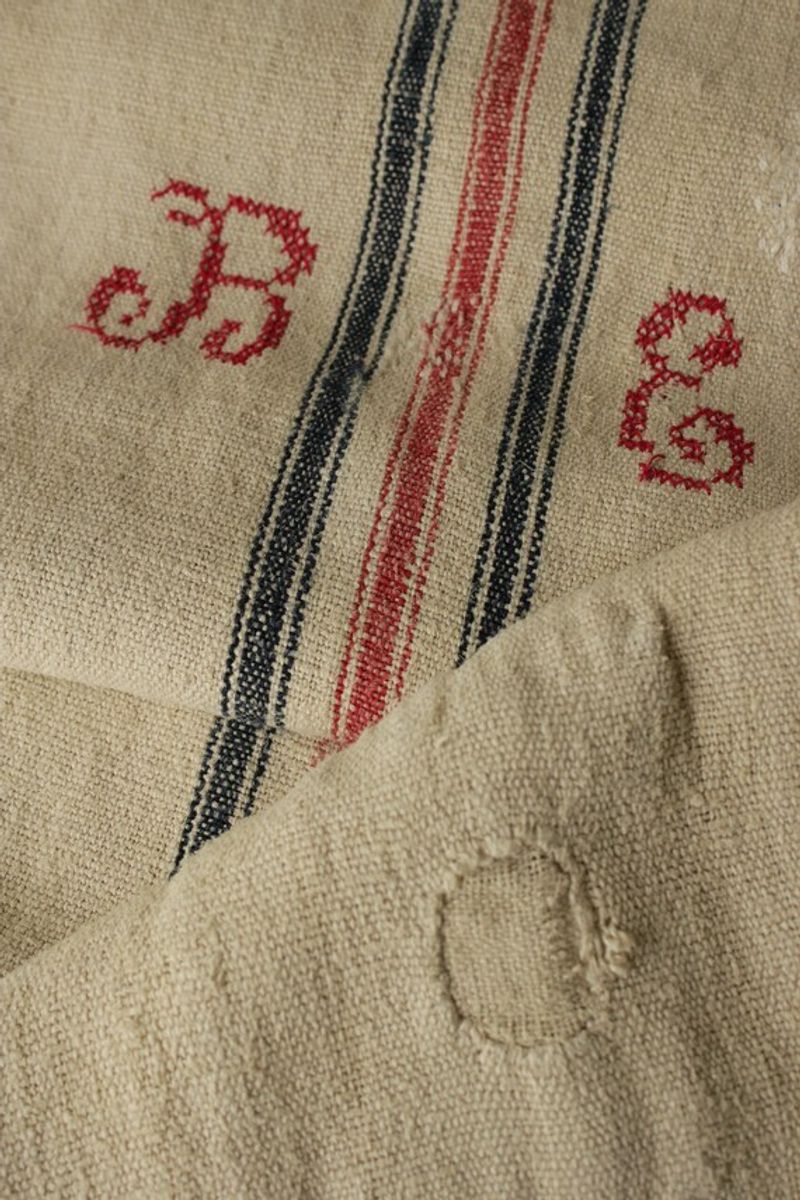
Authentic French grain sacks represent sustainable textile history with their durable hand-woven hemp construction and distinctive red or blue stripes. These utilitarian fabrics served French farmers for generations before becoming prized decorative elements in modern interiors.
The most valuable examples date from the late 19th to early 20th centuries, featuring hand-embroidered monograms, farm names, or date stamps that connect them to specific families and regions. Their natural ivory color develops a distinctive softness over decades that modern reproductions cannot duplicate.
Transform these textiles into unique upholstery for dining chairs, accent pillows, or simple table runners. Even heavily worn examples with patches or repairs tell authentic stories worth preserving. Expect to pay $50-150 for simple striped versions, while examples with detailed embroidery or rare markings command higher prices – reasonable investments for their historical significance and visual impact.
13. Louis XV Style Armchairs
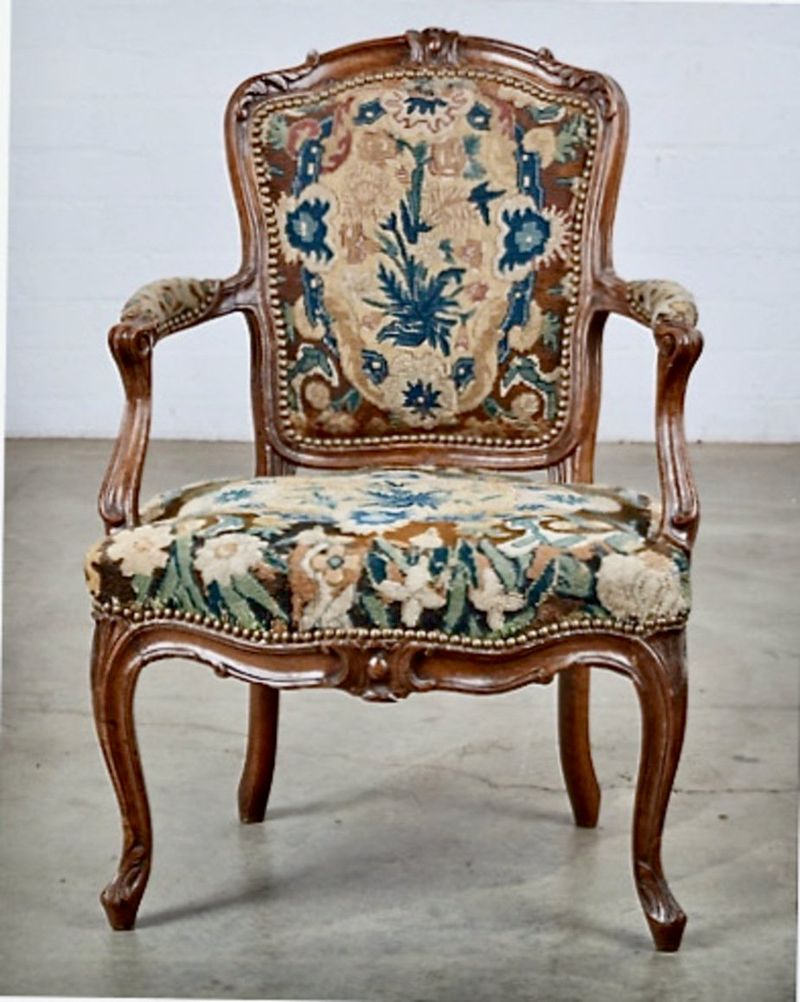
Provincial Louis XV armchairs represent the perfect balance between formal elegance and country comfort with their gracefully curved frames and generous proportions. Unlike rigid palace versions, these country interpretations feature slightly simplified carvings made by local craftsmen for wealthy rural families.
Authentic 18th and 19th-century examples reveal their age through hand-cut mortise and tenon joints, original nailhead details, and frames that show slight asymmetries. The most valuable pieces retain their original finish or show evidence of just one or two careful restorations over centuries. While reupholstering may be necessary, choose simple linen or hemp fabrics that honor the chairs’ country origins.
Expect to pay $1,500-3,000 for authentic period pieces in good condition – substantial investments that anchor living spaces with historical presence. These versatile chairs work equally well in formal sitting rooms or casual bedroom corners.
14. 19th‑Century French Clocks
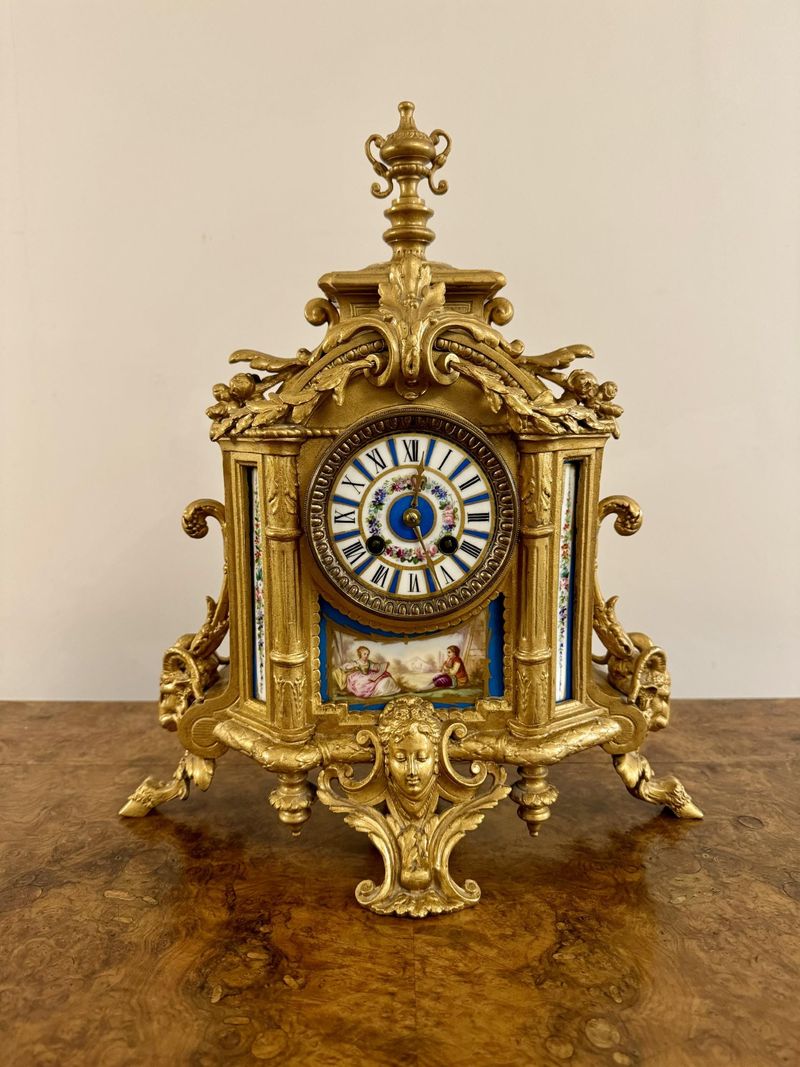
French mantel clocks from the 19th century combine technical precision with artistic beauty, serving as functional sculptures that elevate any room. Unlike modern reproductions, authentic pieces feature hand-crafted movements by skilled horologists whose maker marks increase both historical significance and financial value.
The most collectible examples include ornate brass and ormolu designs, painted porcelain faces with visible crazing, or carved wooden cases from regions like Normandy and Brittany. Many feature delightful details like hand-painted numerals, mercury pendulums, or figural elements that reflect period artistic movements.
When considering purchases, prioritize clocks with original movements even if currently non-functioning, as quality restoration is possible. Expect to pay $500-2,500 depending on complexity, maker, and condition. These timepieces bring both decorative presence and the gentle ticking rhythm of French country life into contemporary homes.
15. Reclaimed Barnwood Accents
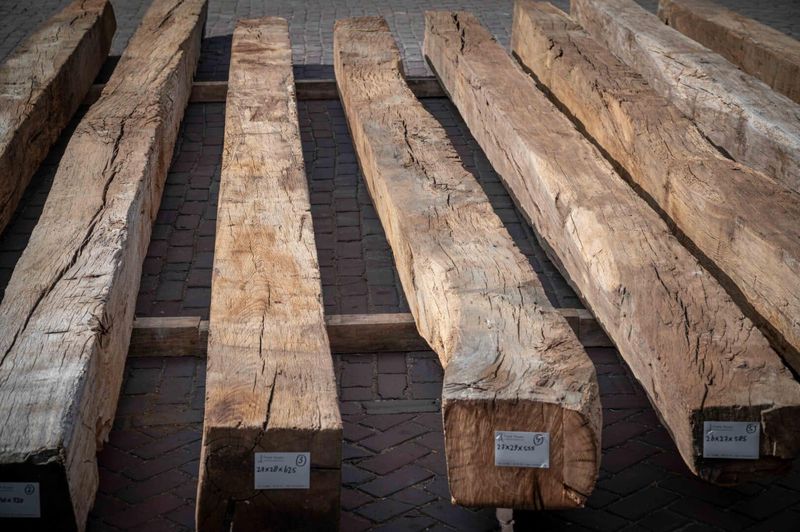
Authentic reclaimed wood from French barns and outbuildings carries centuries of agricultural history in its weathered surfaces and hand-hewn construction. These timbers reveal traditional building methods through visible axe marks, wooden pegs, and joinery techniques that modern manufacturing cannot replicate.
The most valuable pieces come from 18th and 19th-century structures, featuring oak, chestnut, or elm with natural silver-gray patinas or traces of original paint. Look for mortise and tenon joints, hand-forged nails, or carved dates that connect the wood to specific historical periods.
Incorporate these materials as floating shelves, mantels, or accent walls that add instant age and character to contemporary spaces. While prices vary dramatically based on size and condition, expect to pay $20-50 per square foot for properly salvaged pieces with documented provenance – a worthwhile investment in sustainable decorating with authentic French heritage.

